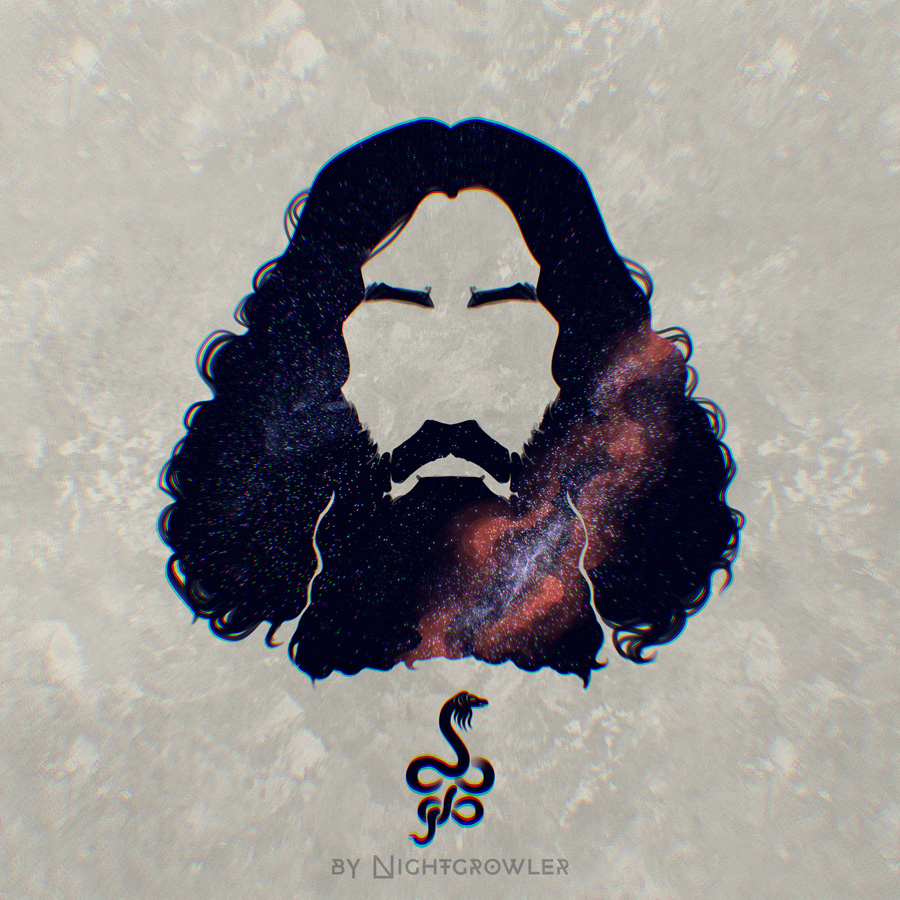What was the impact of popular heroes comic books in our culture? Why are people fascinated by alternative realities?
I think the impact of superheroes on popular culture is both tremendously embarrassing and not a little worrying. While these characters were originally perfectly suited to stimulating the imaginations of their twelve or thirteen year-old audience, today’s franchised übermenschen, aimed at a supposedly adult audience, seem to be serving some kind of different function, and fulfilling different needs. Primarily, mass-market superhero movies seem to be abetting an audience who do not wish to relinquish their grip on (a) their relatively reassuring childhoods, or (b) the relatively reassuring 20th century. The continuing popularity of these movies to me suggests some kind of deliberate, self-imposed state of emotional arrest, combined with an numbing condition of cultural stasis that can be witnessed in comics, movies, popular music and, indeed, right across the cultural spectrum. The superheroes themselves – largely written and drawn by creators who have never stood up for their own rights against the companies that employ them, much less the rights of a Jack Kirby or Jerry Siegel or Joe Schuster – would seem to be largely employed as cowardice compensators, perhaps a bit like the handgun on the nightstand.
Raphael Sassaki
Interesting interview with Alan Moore, the author of multiple comic books including Watchmen and V for Vendetta. I have remarked and criticized this infantilization of modern society as well, of which the popularity of superhero blockbusters could be a (minor) symptom.

Part of the core reason behind these tendencies may be… the ubiquity of the internet! It has drowned us in waves of information to the point that most people cannot discern what’s real and important anymore, and promoted a culture of instant gratification and an exaggerated sense of self-importance that undermine any inclination toward patience, reflection and recognition of complex connections in the wider world. And we see these attitudes reflected everywhere from the pandemic (‘I’ve got vaccinated, why isn’t the pandemic over?!’), to climate change (‘I cycle to work, what isn’t global warming over?!’), to foreign policy (‘We’re the US, why do these other countries have different opinions?!’).
My conception of an eternity that was immediate and present in every instant – a view which I have since learned is known as ‘Eternalism’ – was once more derived from many sources, but a working definition of the idea should most probably begin with Albert Einstein. Einstein stated that we exist in a universe that has at least four spatial dimensions, three of which are the height, depth and breadth of things as we ordinarily perceive them, and the fourth of which, while also a spatial dimension, is perceived by a human observer as the passage of time. The fact that this fourth dimension cannot be meaningfully disentangled from the other three is what leads Einstein to refer to our continuum as ‘spacetime’. This leads logically to the notion of what is called a ‘block universe’, an immense hyper-dimensional solid in which every moment that has ever existed or will ever exist, from the beginning to the end of our universe, is coterminous; a vast snow-globe of being in which nothing moves and nothing changes, forever. Sentient life such as ourselves, embedded in the amber of spacetime, would have to be construed by such a worldview as massively convoluted filaments of perhaps seventy or eighty years in length, winding through this glassy and motionless enormity with a few molecules of slippery and wet genetic material at one end and a handful or so of cremated ashes at the other. It is only the bright bead of our consciousness moving inexorably along the thread of our existence, helplessly from past to future, that provides the mirage of movement and change and transience.
Alan Moore
This portion strongly reminded me of the story Permafrost by Alastair Reynolds, where spacetime is also viewed as relatively fixed crystal lattice
.
Post a Comment